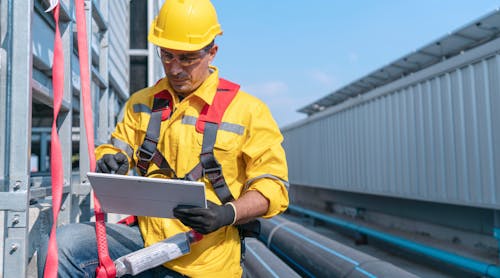Hazard Control Measures
Hazard control measures are actions and strategies put in place to identify, mitigate, and manage workplace hazards effectively. These measures are essential to prevent accidents, injuries, illnesses, and environmental damage. Hazard control can be divided into four main categories: elimination, substitution, engineering controls, and administrative controls. Here’s an overview of each:

1. Elimination:
- Definition: The most effective way to control hazards is to eliminate them entirely. This means removing the hazard from the workplace or the process.
- Examples:
- If a toxic chemical is not necessary for a specific task, eliminate it from the process.
- Replace a hazardous process with one that does not pose a risk.
2. Substitution:
- Definition: Substitution involves replacing a hazardous substance or process with a less hazardous alternative.
- Examples:
- Replace a toxic cleaning chemical with a non-toxic, environmentally friendly alternative.
- Substitute a hazardous material with a less hazardous one in a manufacturing process.
3. Engineering Controls:
- Definition: Engineering controls involve designing physical changes to the workplace or processes to reduce or eliminate hazards.
- Examples:
- Installing machine guards to prevent contact with moving parts.
- Using ventilation systems to remove harmful fumes or dust from the air.
- Installing safety interlocks on machinery to prevent access during operation.
4. Administrative Controls:
- Definition: Administrative controls are policies, procedures, and work practices that are put in place to reduce the risk of exposure to hazards.
- Examples:
- Implementing a job rotation policy to limit the duration of exposure to a hazard.
- Conducting regular safety training and providing clear instructions on safe work practices.
- Establishing a permit-to-work system for high-risk activities to ensure proper planning and oversight.
5. Personal Protective Equipment (PPE):
- Definition: PPE includes clothing, gear, and equipment worn or used by workers to protect themselves from specific hazards.
- Examples:
- Safety glasses or goggles to protect the eyes from flying debris or chemicals.
- Respirators to protect against inhalation of hazardous substances.
- Gloves to protect hands from chemical exposure or physical hazards.
6. Hierarchy of Controls:
It’s important to note that hazard control measures should be applied following a hierarchy of controls, starting with the most effective methods:
- Elimination: Remove the hazard.
- Substitution: Replace the hazard.
- Engineering controls: Isolate people from the hazard.
- Administrative controls: Change the way people work.
- Personal Protective Equipment (PPE): Protect the worker.
The goal is to use the most effective control measure available for a specific hazard. When selecting control measures, it’s essential to conduct a thorough risk assessment, involve employees, and consider factors like feasibility, cost-effectiveness, and the potential for introducing new hazards.
In summary, hazard control measures are essential for maintaining a safe and healthy workplace. By applying a combination of elimination, substitution, engineering controls, administrative controls, and PPE, organizations can effectively reduce the risk of workplace accidents and protect the health and well-being of employees.
